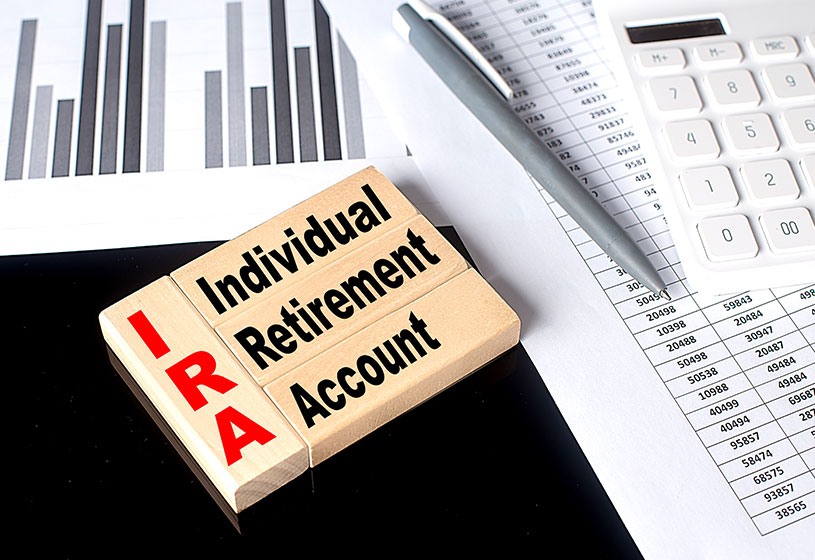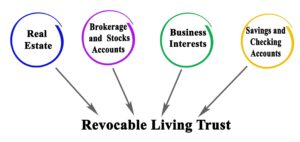A self-directed IRA is a retirement account that differs from other IRAs by letting you make the investment decisions. It lets you include a broader range of investments, like real estate and gold, not usually found in regular IRAs. This account type is managed by a custodian or trustee who keeps the investments in compliance with government regulations. The self-directed IRA is unique because you can choose what you invest in, offering a personalized approach to your retirement planning.
In a self-directed IRA, you’re not limited to common stocks and bonds; you can invest in things like real estate properties, small businesses, and even certain precious metals. It’s like having a basket where you can put almost any investment you believe will grow over time. But it’s not just about having more choices. With a self-directed IRA, you need to know the rules. There are certain investments you can’t make, and following these rules is important so you don’t face any penalties.
Having a self-directed IRA means you’re in charge. You decide where to put your money and how to grow your retirement savings. This kind of freedom is great for people who know about different kinds of investments and want to be actively involved in managing their money for retirement.
Benefits of a Self-directed IRA
A self-directed IRA comes with many benefits. One big advantage is the control it gives you over your retirement savings. You can choose from a wide range of assets, which lets you find opportunities that others might miss. If you have experience in real estate or another specific area, you can use that knowledge to make informed choices that could lead to greater growth of your retirement funds.
Another benefit is the chance to diversify your investments. Because you’re not stuck with just stocks and bonds, you can spread your money across different types of assets. This spreading out can help protect your savings from ups and downs in the market. If one type of investment doesn’t do well, you might not lose as much because you have your money in different investments.
Potential Fees and Costs
When you manage a self-directed IRA, knowing the different fees and costs you may face is important. These accounts typically have more fees than traditional IRAs because they can hold more complex investments. You might have to pay for things like the setup of your account, annual maintenance, and the buying and selling of your investments. Also, if you’re investing in real estate, there could be extra costs like property management fees or maintenance expenses.
Custodian fees are common in self-directed IRAs because the custodian helps ensure your account meets all the legal requirements. These fees vary greatly depending on who you choose as your custodian and what services they offer. Some charge a flat rate, while others might charge based on how much money you have in your account or how many transactions you make.
It’s also possible to run into transaction fees. Every time you buy or sell an investment, there could be a charge. These fees can add up, especially if you make a lot of trades. That’s why it’s a good idea to think about how often you’ll be buying and selling investments when you’re planning how much it will cost to have a self-directed IRA.
You should also watch out for hidden fees. Some accounts might have charges that could be more obvious, like fees for taking out money or for investments that don’t do as well as expected. It’s smart to ask many questions and read all the fine print before you open a self-directed IRA so that you won’t be surprised by any later costs.
Common FAQs about Self-directed IRAs
People often question self-directed IRAs because they’re more complicated than other retirement accounts. One common question is the difference between a self-directed IRA and other IRAs. The main difference is that self-directed IRAs let you invest in a wider range of things, like companies not on the stock market or real estate.
Another frequent question is what you can invest in with a self-directed IRA. The rules say you can’t invest in life insurance or collectibles like artwork or coins. You also can’t use the IRA to buy property you or certain family members will live in or use.
People also ask about how to take money out of a self-directed IRA. The rules are similar to other IRAs: you can start taking money out without penalties when you’re 59½ years old, and you must start taking out certain amounts when you reach 72.
Elevate Your Retirement with Nevada Trust Company’s Expertise in Self-directed IRAs
Take command of your future today with Nevada Trust Company®. Our dedicated team provides comprehensive trust and estate services tailored to your needs. Whether you’re an individual seeking to diversify your retirement portfolio or an institutional client looking for expert asset management, we’re here to guide you through every step of establishing and maintaining a self-directed IRA. With Nevada Trust Company®, you’ll access a broad spectrum of investment opportunities and personalized strategies that traditional IRAs don’t offer.






